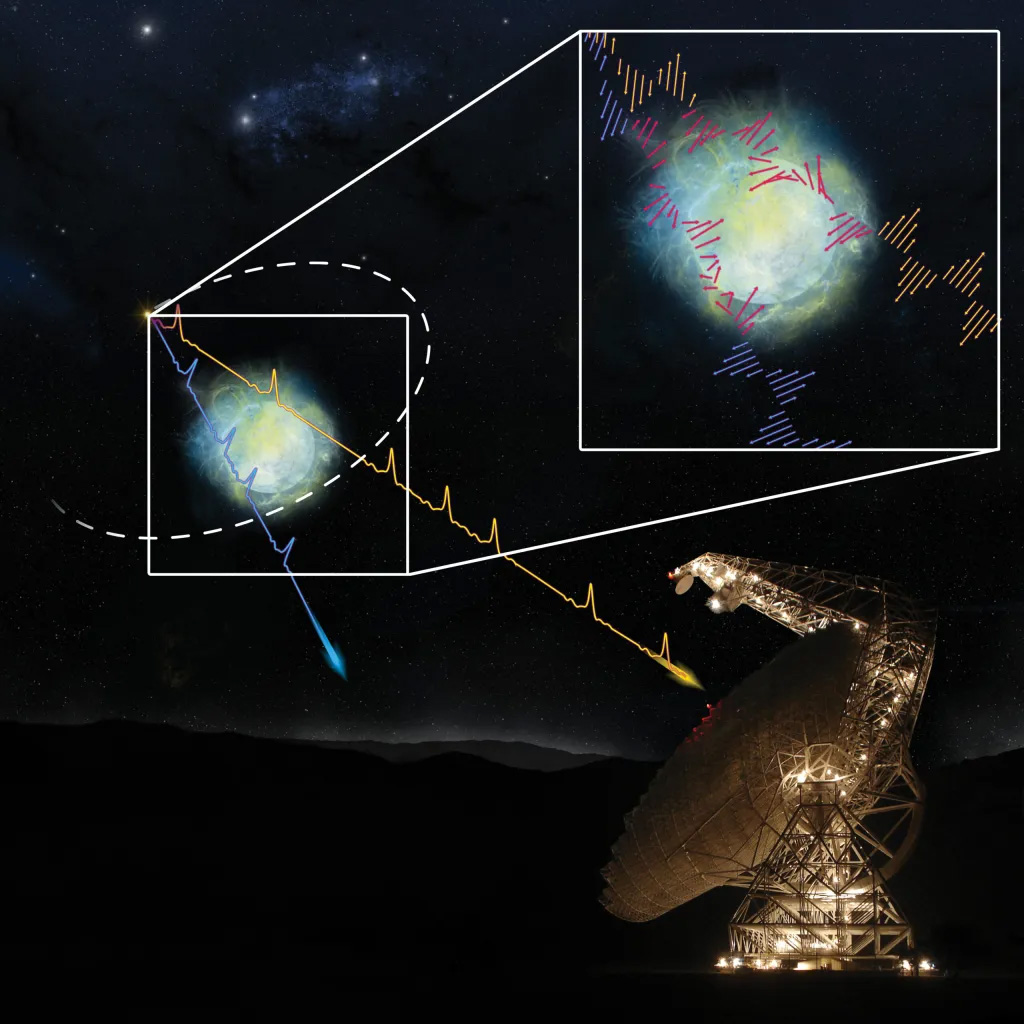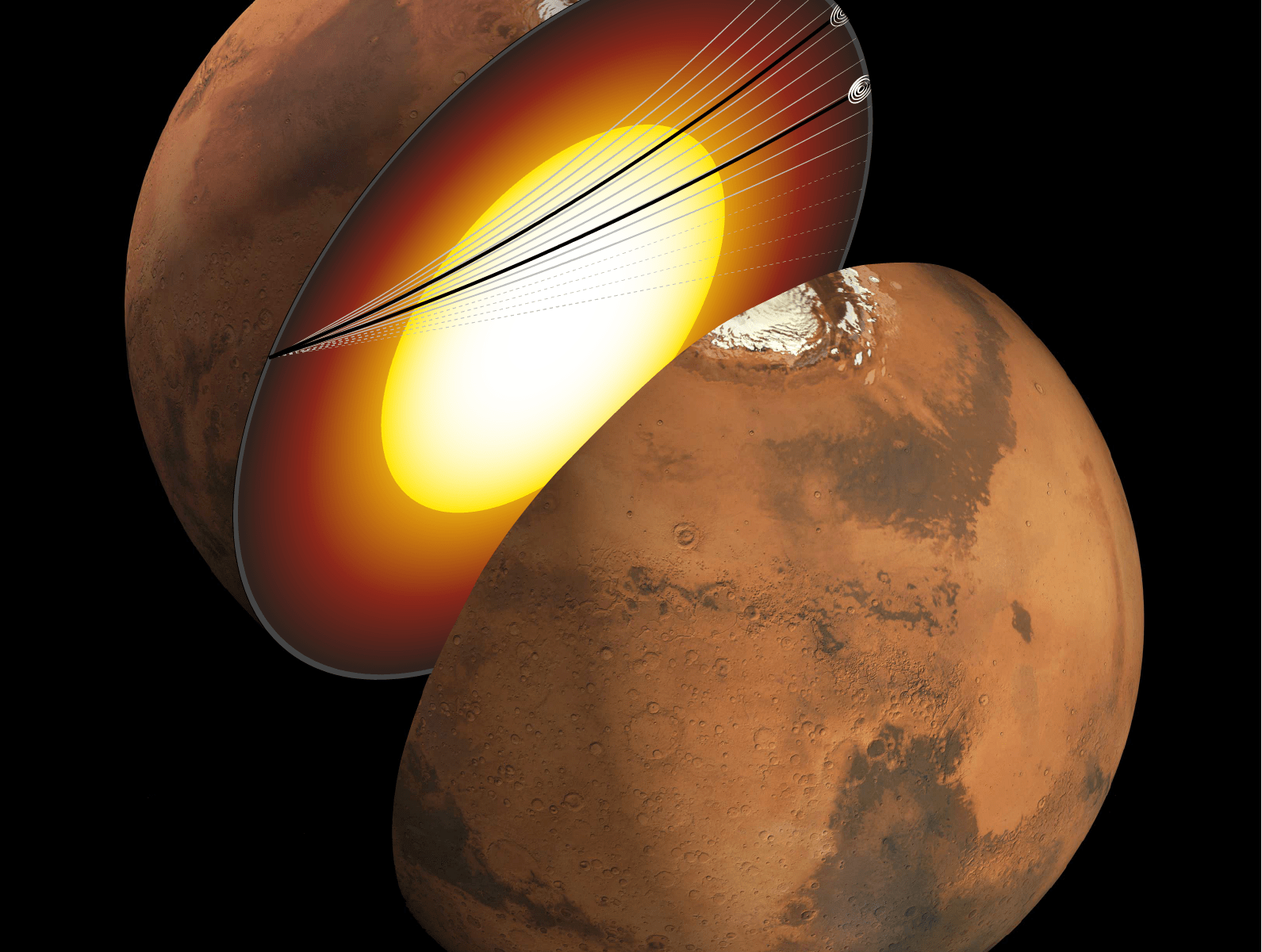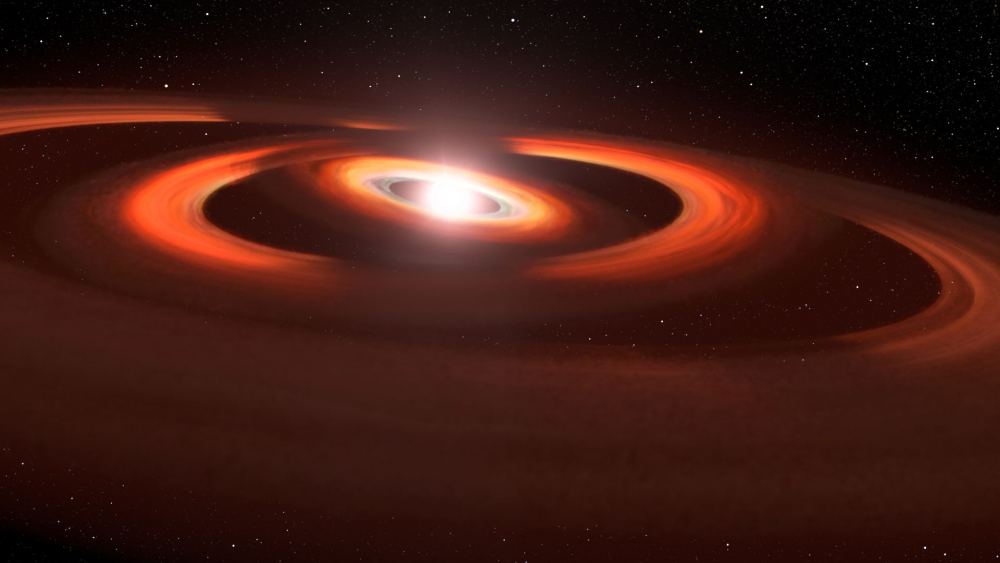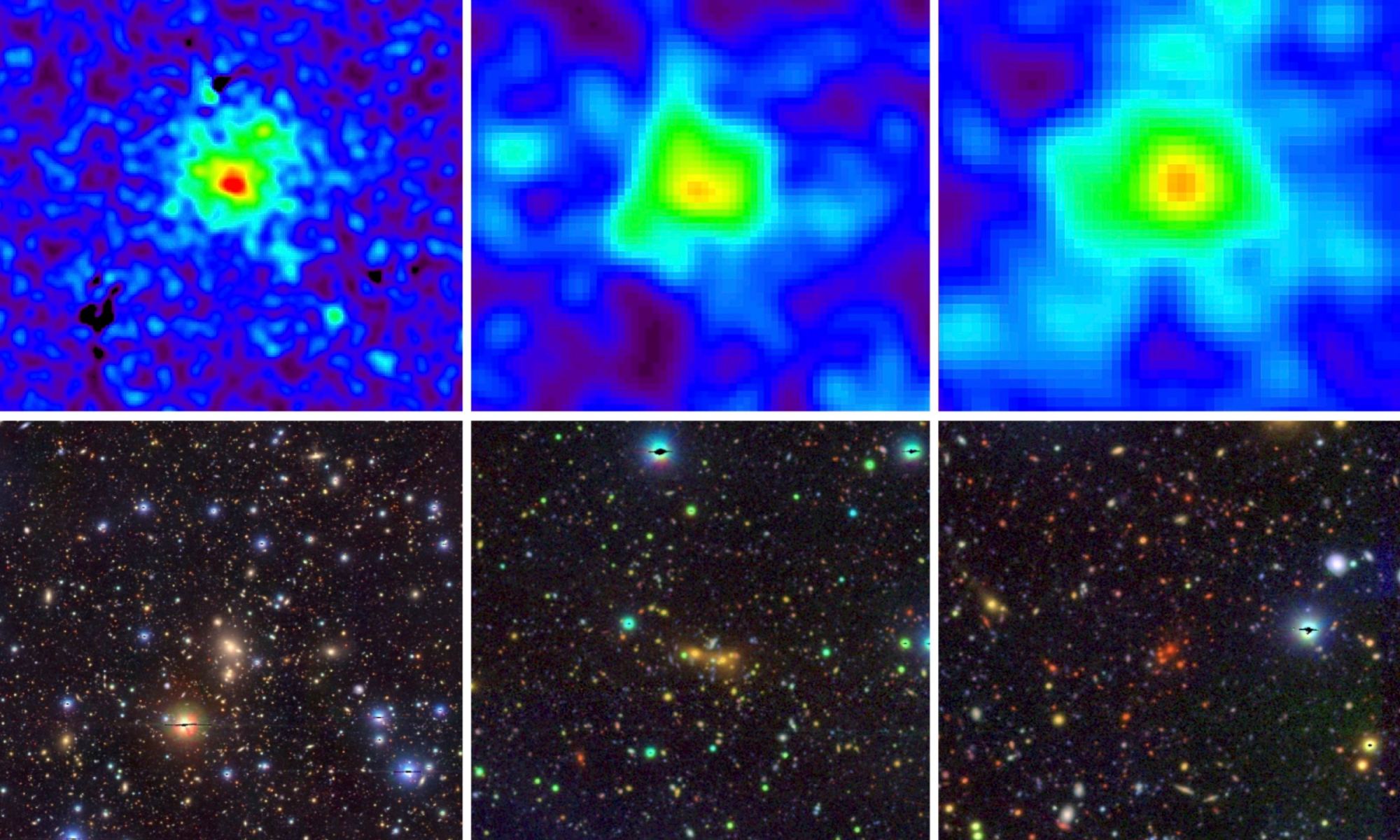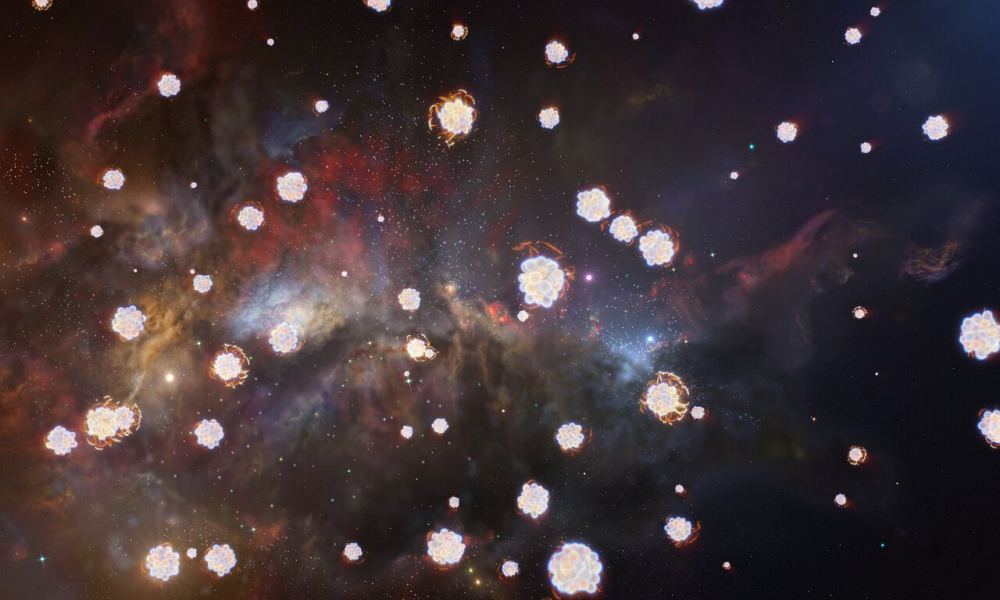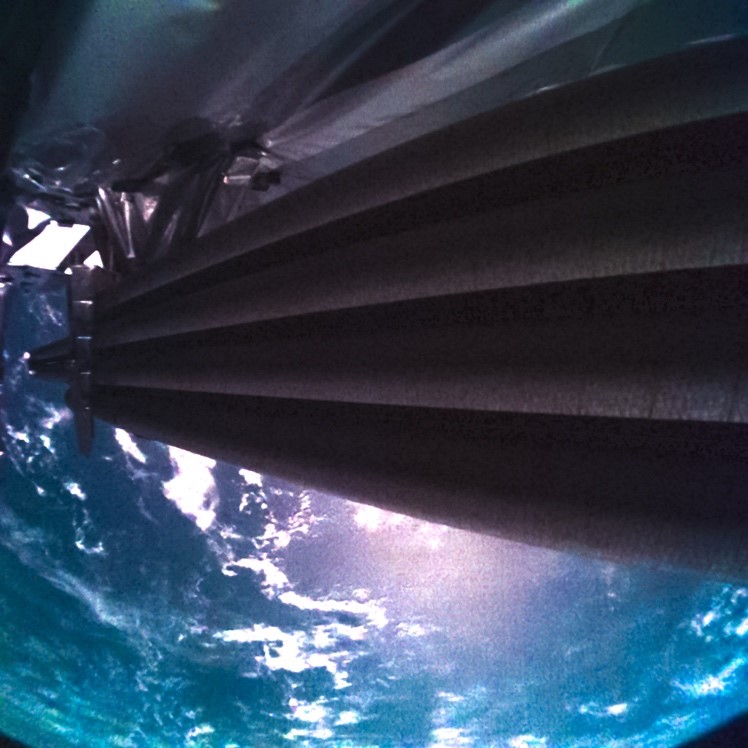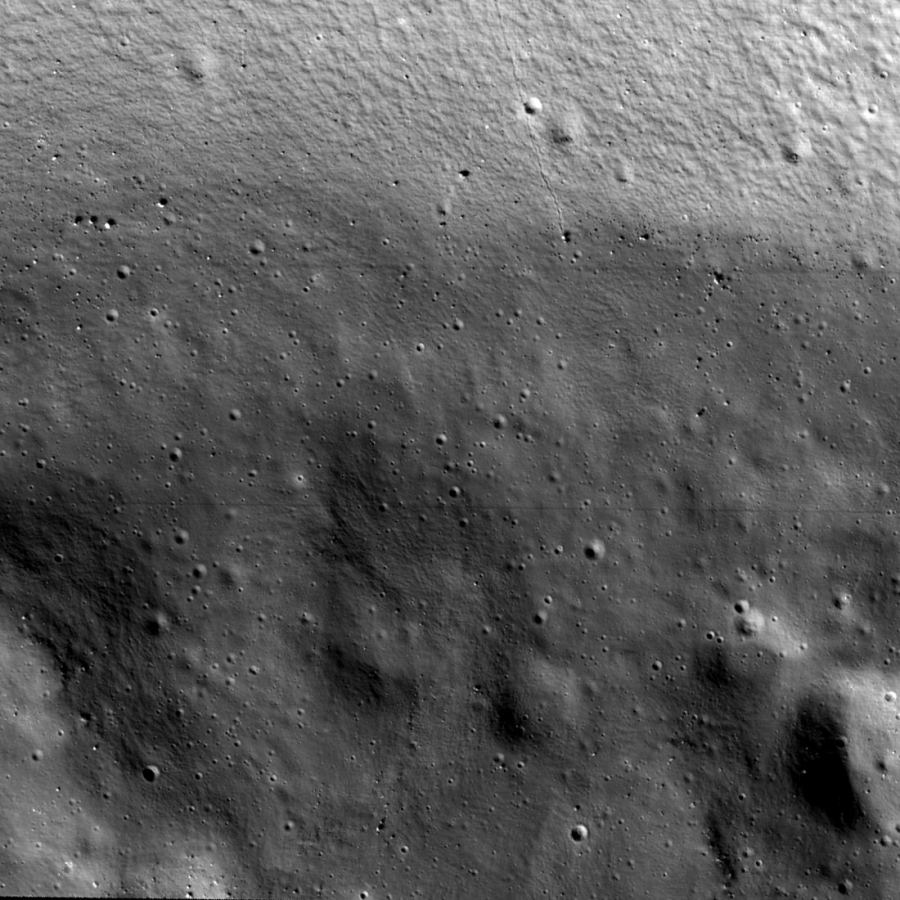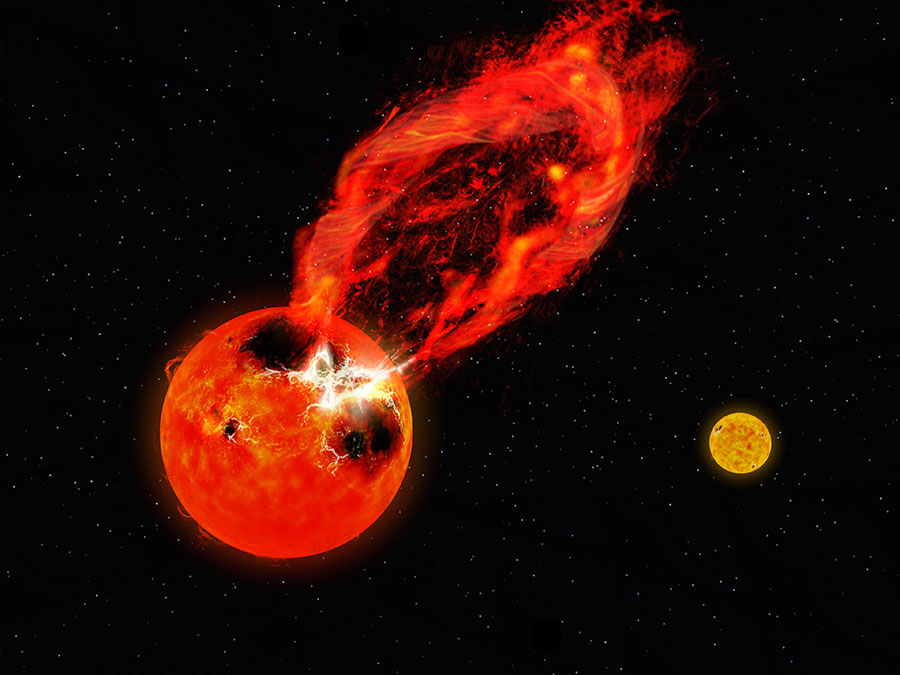Remember the huge Tonga eruption in the South Pacific in January 2022? This underwater volcano sent tons of ash into the air. It also blew 146 teragrams of water into our atmosphere and the effect of the explosion reached space. It also made life very difficult for people on Tonga, wiping out their communications and sending tsunamis across the South Pacific.
Continue reading “The Tonga Eruption Was So Powerful it Disrupted Satellites Half a World Away”The Tonga Eruption Was So Powerful it Disrupted Satellites Half a World Away


